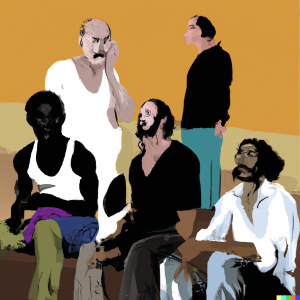Debunking Halloween Trick-or-Treating Myths: The Truth About Candy Poisoning
Halloween is a time of spooky stories, eerie encounters, and of course, the age-old tradition of trick-or-treating. But with the fun and excitement comes a slew of myths and urban legends, particularly surrounding the safety of Halloween candy. Let’s unravel the truth behind these myths and ensure a safe and enjoyable Halloween for all.
Myth 1: Strangers Poisoning Candy with Toxic Substances
One of the most persistent myths is that malevolent strangers poison candy or insert sharp objects into them. While it’s essential to be cautious, the actual instances of strangers poisoning Halloween candy are extremely rare. Most reported cases turned out to be hoaxes or misunderstandings.
Myth 2: Homemade Treats are Always Unsafe
While it’s true that accepting treats from unknown sources can be risky, not all homemade treats are dangerous. If you know and trust the giver, there’s no reason to be overly suspicious. However, if you’re unsure, it’s always best to err on the side of caution and discard the treat.
Myth 3: Candy from Commercial Brands is Always Safe
While commercially branded candy is generally safe, it’s still essential to check for any tampering signs. Look for unusual packaging or any suspicious appearance before letting your child consume the treat.
Sensible Tips for Safe Trick-or-Treating
- Wear Reflective Clothing: Ensure that costumes and bags have reflective strips, especially if trick-or-treating after dark. This makes it easier for drivers to spot children.
- Stay on Sidewalks: Always use sidewalks and crosswalks. If there are no sidewalks, walk facing traffic and stay as far to the left as possible.
- Travel in Groups: There’s safety in numbers. Children should always trick-or-treat with a group, and younger children should be accompanied by an adult.
- Use Flashlights or Glow Sticks: Carrying a flashlight or glow stick not only helps children see better in the dark but also makes them more visible to others.
- Inspect All Treats: Before allowing your child to eat any candy, inspect all treats for signs of tampering, unusual appearance, or any other suspicious factors.
- Stay Local: Stick to familiar neighborhoods and houses. If you’re new to an area, consider attending a local community event instead.
- Communicate Ground Rules: Before heading out, set some ground rules. Make sure children know not to enter anyone’s home or car and to always stay in well-lit areas.
By debunking myths and following these sensible tips, you can ensure a safe and delightful Halloween experience for your children.



